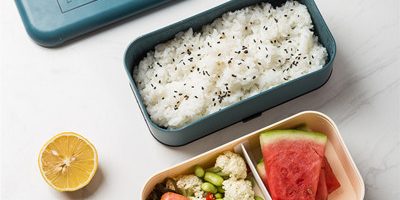Plastic lunch boxes have come a long way from being merely functional containers to becoming stylish and design-forward accessories. This article explores the evolution of plastic lunch boxes, tracing their journey from basic utility to the intersection of function and aesthetics.
Functionality: Plastic lunch boxes were initially designed with practicality in mind. Their lightweight nature and durability made them suitable for carrying meals on the go. Basic designs focused on easy storage and transport, often with simple compartments for different food items.
Innovation: Over time, innovation in plastic lunch box design led to the introduction of features like leak-proof seals, microwave-safe materials, and stackable designs. These improvements enhanced the convenience and versatility of plastic lunch boxes, making them more appealing to a wider audience.
Aesthetic Considerations: As lunch boxes became a part of daily routines, designers recognized the opportunity to blend functionality with aesthetics. Today, plastic lunch boxes are available in a variety of colors, patterns, and shapes. From minimalist and sleek to vibrant and playful, these designs cater to diverse personal preferences.
Personalization: Some plastic lunch boxes offer customization options, allowing users to add their names, favorite quotes, or even photos. This personal touch transforms lunch boxes into unique accessories that reflect individual style.
Eco-Conscious Designs: In response to environmental concerns, some brands have introduced eco-conscious designs, incorporating recycled materials or focusing on long-lasting, reusable options. These designs cater to individuals who prioritize sustainability in their choices.
In conclusion, the evolution of plastic lunch boxes highlights the balance between functionality and design. From their humble beginnings as practical containers, they have evolved into fashionable and customizable accessories that cater to modern preferences while offering the convenience we’ve come to rely on.

























